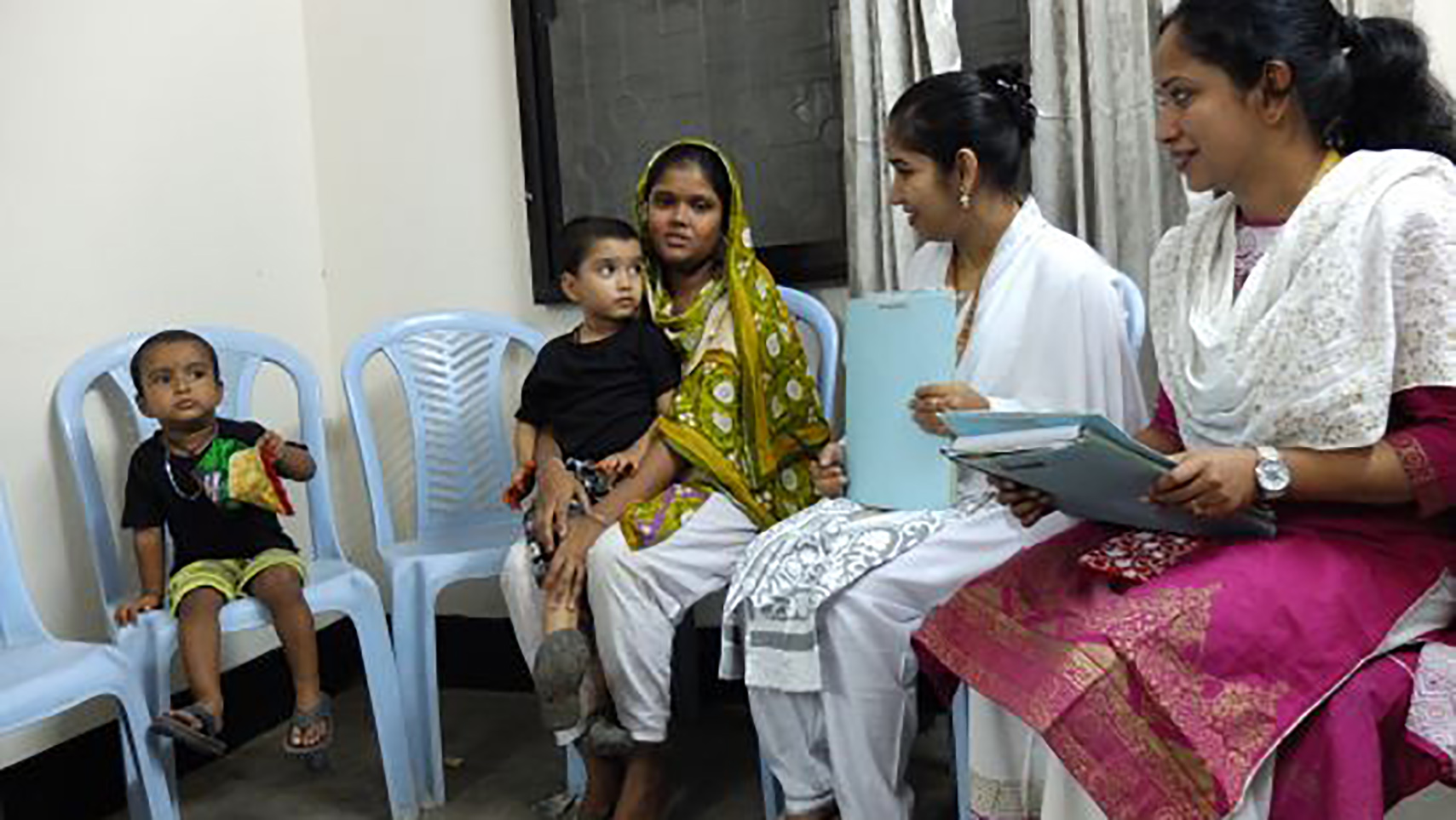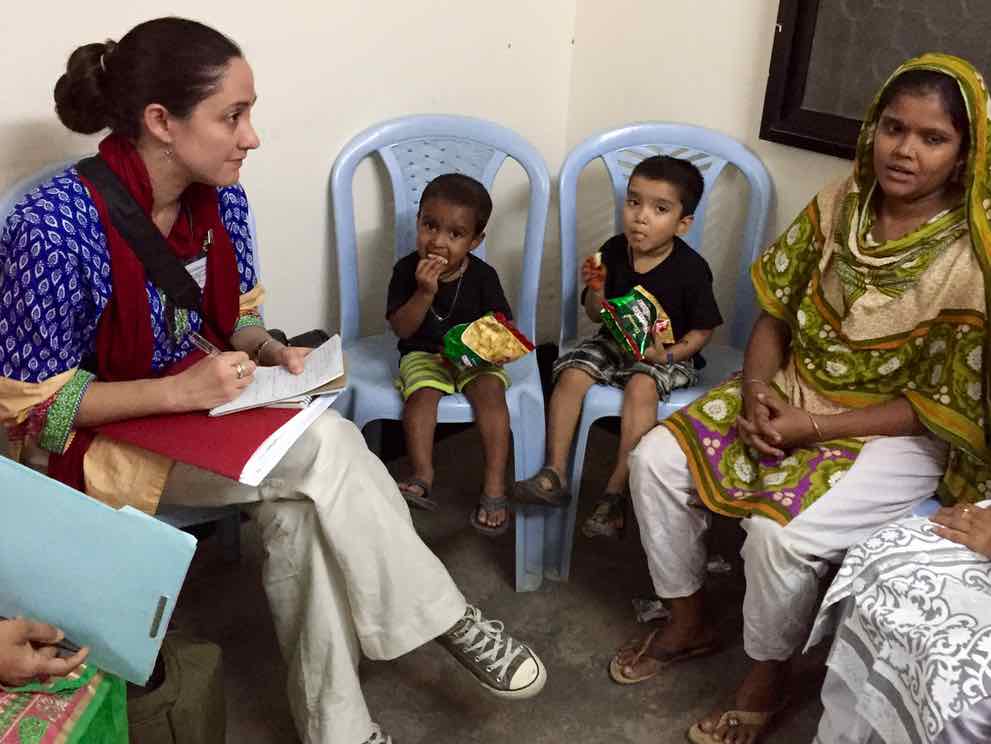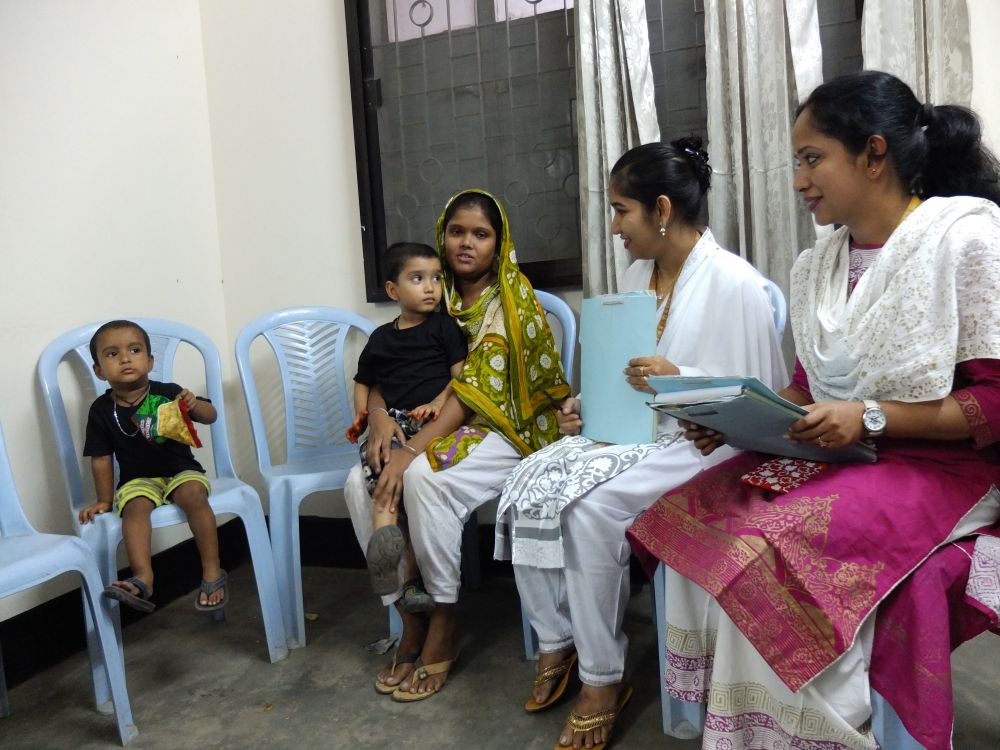
Vaccines are effective at prompting our immune systems to produce antibodies to viral infections. When a virus for which we have been inoculated enters our bodies, the antibodies recognize their old enemy, their adversary from bygone days and attack and destroy the virus before it can do much harm to us. For the most part, vaccines are very effective at preventing viral disease. (See this recent book for pertinent information on vaccines.)
Imagine the stress, then, for a parent who has done as the doctors and clinicians recommend. Following a vaccination, the child becomes very ill from the rotavirus and suffers from diarrhea. So, they go back to the doctor for treatment and another dose of vaccine.
So, why is this happening in the case of the rotavirus? The vaccine for rotavirus is an oral application. The virus is attenuated, or weakened, and is intended to create a minor infection in the gut of the recipient. In fighting that minor infection, the antibodies form to fight off the infection. In the future, if the wild rotavirus makes its way into the child's body the immune system will recognize it and fight it off.
In developed countries the vaccine is effective 98% of the time, but in India and Pakistan and Bangladesh the efficacy rate is as low as 43% and children take multiple doses. The question of what the factors are that make antibody production more difficult is a puzzle that researchers and doctors are working on.
There may be some clues leading them to the answers in the history of the oral polio vaccines in India. In a similar vein, three decades ago the oral vaccine for polio was less effective and a doctor in Vellore worked on finding solutions to prevent polio paralysis. Are there more than one answer, if so it is leading to a complex set of changes in India in order to give the vaccine some help.
Carina Storrs, PhD. is our guest for the fourth episode of Ikonokast. She has been working on this story and traveled to India to speak with doctors, scientists and parents of patients.

Education Resource
Meet the Journalist: Carina Storrs
Why does the rotavirus vaccine only prevent 43 percent of young children in Bangladesh from getting...





